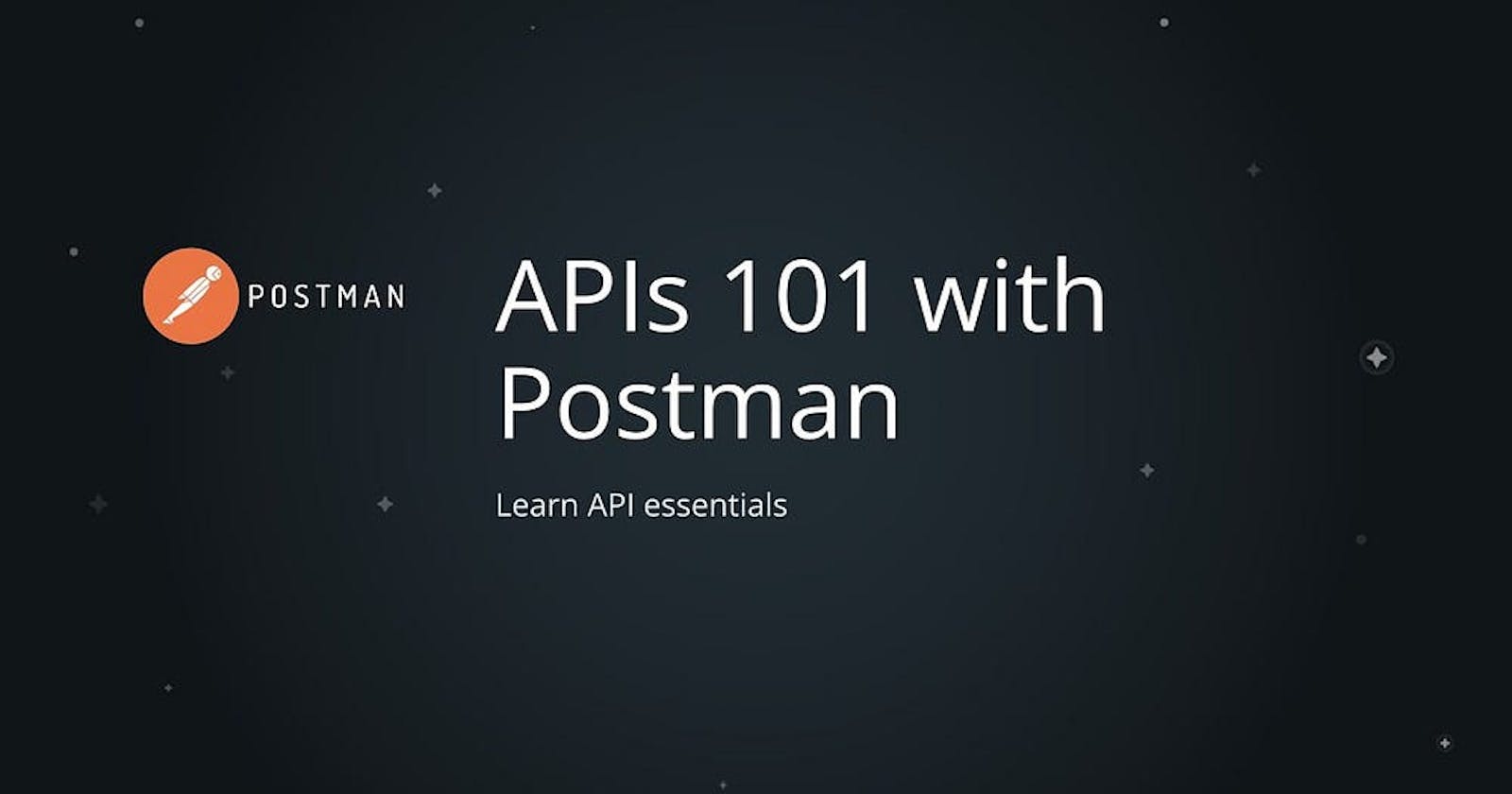Postman API 101 : Introduction to API
Mastering the Basics of Postman: A Beginner's Guide to API Testing and Development
Table of contents
No headings in the article.
Lately, our institute had organized an introductory session on Postman API 101 providing an best opportunity for students to learn about Postman.
what is Postman?— Postman is an API development environment that enables developers to design, test, and document APIs quickly and efficiently.
The overall session is divided into 4 parts :
Introduction to API
Introduction to Postman and its use case.
Hands-on practice on postman public workspace.
Awareness of postman student expert program.
Introduction to API.
The presenter introduced the APIs with the subtle ideology of restaurant and explains this secret weapon that can make every developer’s life easier. APIs simplify communication and data exchange between applications, making development faster, more efficient, and downright enjoyable! He also pointed out that APIs are essential for building distributed systems as well as the microservices.
Introduction to Postman And the Usecase of it.
The presenter showed us how the Postman is an intuitive tool, and the interface is designed to be easy to navigate. He demonstrated how the REST APIs uses HTTP protocols under the hood to make requests and responses and explained as if anyone wants to make a request to server can use the HTTP methods like GET,POST,PUT and DELETE also it has to mention the address/endpoints as well as the path for it.
The Presenter give some insights about the request and response → As we are building the request, we have to look for some components such as parameteres, Authorization and Headers & body. The parameters of API are the additional information provided in the request. It can be sent through as a part of URL. The authorization is verifying user/client to permit the particular API. It can be done through session ID , username/password as well as the client tokens,etc. And the headers are meta data of the request as well as response. It contains the information such as content length, type and encoding ,etc. The body is where actual data being sent or received is located. It contains any type of Data such as JSON, formdata , XML ,GraphQL , etc.
The responses are the data or information sends from server to client after an API request is made. The response typically includes such as status codes, Headers and Body data. Status code are the indications for success or failure of API request. Most common status codes are 2xx for successful requests , 3xx for redirection , 4xx for client error and 5xx for server errors. Eg. 200 is for successful request and 404 indicates that requested data is not found. The header is similar to the request header contains the meta data of data such as content length, encoding and content type,etc. The response body contains the actual data which is returned by the server. The response body can be in any format, such as JSON, XML, binary data, or text.
He then demonstrated the whole Postman interface and how to fork the collection, how to create one using postman.
Hands on practice on postman public workspace.
The presenter had demonstrated the ability to save requests and responses as collections in the postman. Collections are a useful feature in Postman that allow developers to group related requests together and organize them in a logical manner. They can save time and effort, help with organization, facilitate collaboration, and make it easier to create test suites.Afterwards, he had illustrated the process of selecting appropriate requests and endpoints to obtain the desired responses, showcasing entertaining APIs such as joke and quote APIs, as well as a book API.
He emphasize on the importance of documentation of API development. Postman has excellent documentation features, and the presenter showed us how to generate documentation from our collections, making it easy for others to understand how to use our APIs.
Awareness of postman student expert program
Prior to the conclusion of the session, the presenter told us about the Postman student expert program and How program covers the various aspects like API testing, documentation, and collaboration, as well as access to exclusive resources and support from Postman experts and also told that Upon completion of the program, students earn a Student Expert certification, which can enhance our resume and job prospects in the tech industry.
Overall, the Postman API 101 session was an excellent introduction to this powerful tool. The presenter did an excellent job of explaining the basics of API development and showing us how to use Postman to create, test, and document APIs. If you’re interested in API development, I highly recommend checking out Postman!
